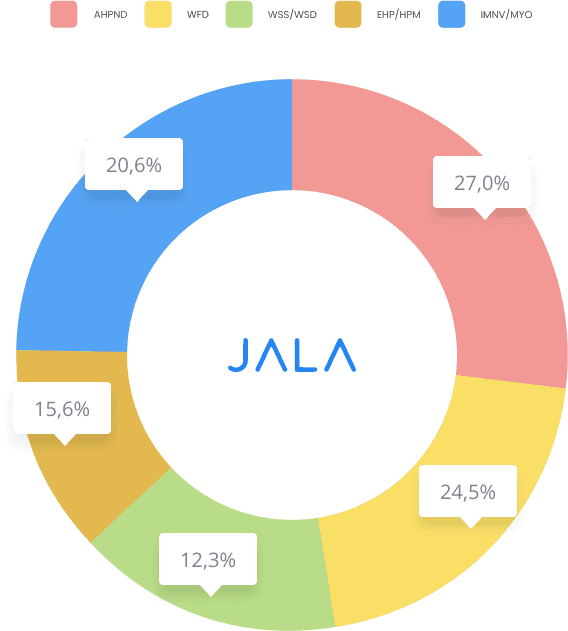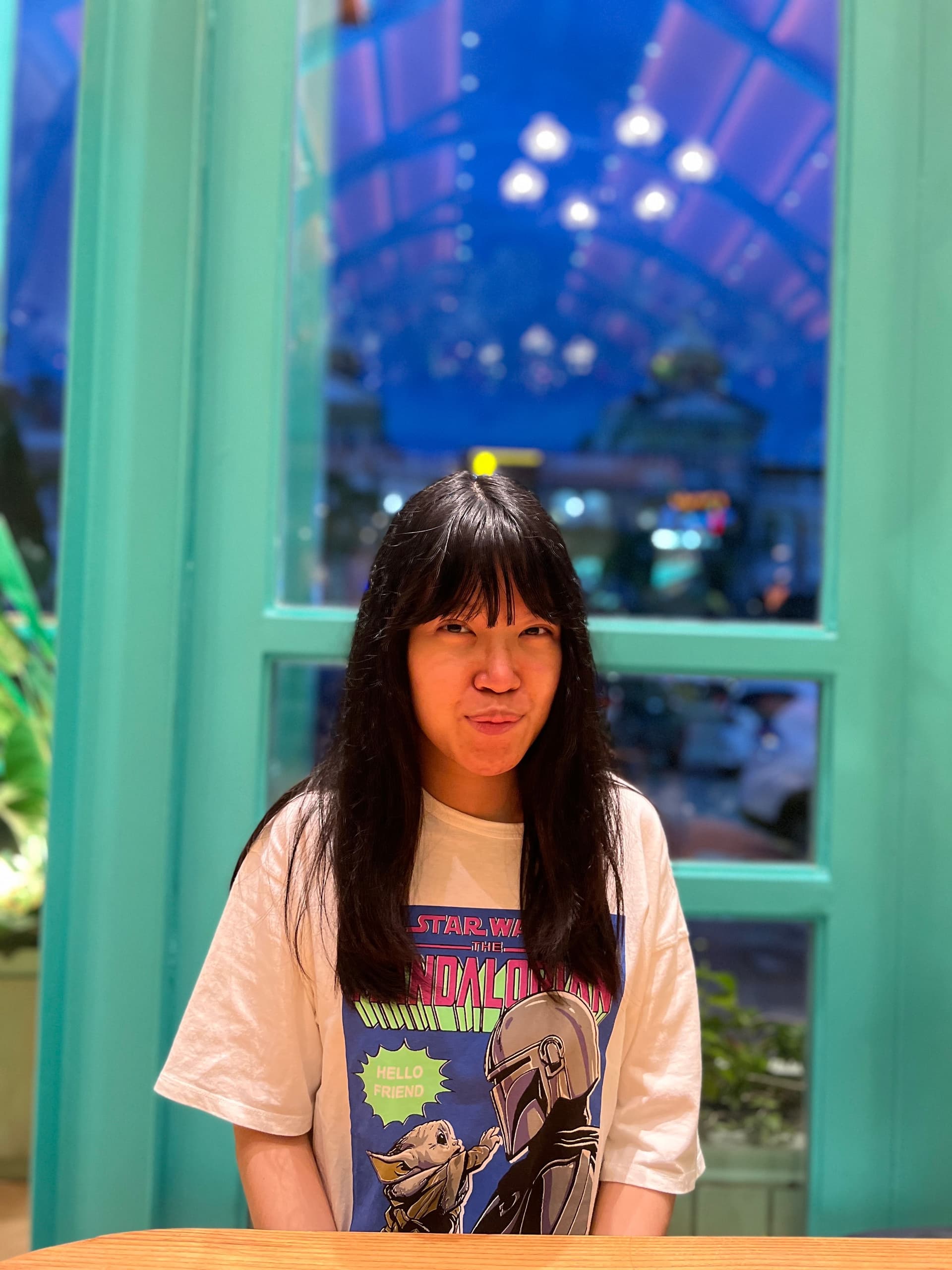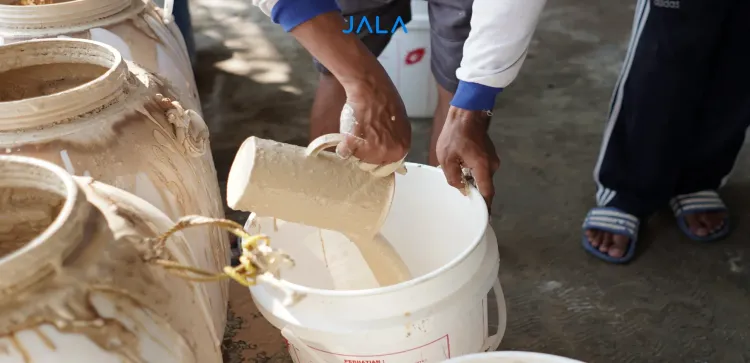
Vannamei shrimp disease is one of the biggest threats that farmers need to be aware of. Late mitigation might cause mass mortality, which in turn causes huge losses for shrimp farmers. Although farmers may still proceed with harvest, shrimp with diseases will have lower selling prices. It is therefore crucial for farmers to know the most common vannamei shrimp diseases that threaten their farms and understand their prevention methods.
The most common diseases in shrimp farms

Before learning the prevention tips, farmers should get to know the most common diseases in shrimp farms.
Acute Hepatopancreatic Necrosis Disease (AHPND)
AHPND is caused by Vibrio parahaemolyticus and V. harveyi bacteria. Shrimp with AHPND will have an empty gut, pale and shrunk hepatopancreas, soft skin, and black spots on its hepatopancreas. Mortality will occur 10 days after stocking, causing shrimp to sink at the bottom of the pond.
White Feces Disease (WFD)
White Feces Disease is caused by several species of the Vibrio bacteria. Shrimp with WFD will egest white-colored feces which floats on water or accumulates on feeding trays. Shrimp will also have a lower appetite and growth rate. WFD may infect on the 50-60th day of cultivation, causing productivity to drop by 20-30%. Mortality rate caused by WFD reaches 60%.
Infectious Myonecrosis
Infectious Myonecrosis is caused by the Infectious Myonecrosis Virus (IMNV). Shrimp that catch this disease can be characterized by a paler color, which then turns red at the bottom down to the tail. Shrimp will also experience muscle cramps. This disease is considered a chronic disease as it can only cause mortality 9-13 days after infection.
Hepatopancreatic microsporidiosis (HPM)
HPM is a vannamei shrimp disease caused by the parasitic microsporidia Enterocytozoon hepatopenaei. This disease causes slowed growth which can be clearly seen from the difference in shrimp sizes in the same pond. If not treated, shrimp will experience mortality. HPM is often caused by poor biosecurity in the farm.
Preventing vannamei shrimp disease in the farm
After knowing the different shrimp diseases that may threaten your farm, it’s time to learn the mitigation tips and ensure that your cultivation runs in a productive and sustainable manner.
1. Monitoring water quality
Water quality is the overall physical, chemical, and biological characteristics that make water usable for cultivation. Maintaining water quality, such as pH, salinity, dissolved oxygen (DO), and temperature, is a crucial component in shrimp ponds. If the water quality is not ideal or undergoes sudden changes, shrimp may experience stress and become more susceptible to diseases. By regularly measuring water quality variables with the right measurement device, shrimp farmers can determine whether the pond's water conditions are optimum or need further adjustment. Thus, farmers can take immediate steps to restore the water conditions to normal.
2. Applying biosecurity
Biosecurity is a crucial part of preventing vannamei shrimp diseases, and encompasses all efforts to prevent the entry and spread of disease-causing organisms in aquaculture. The implementation of biosecurity measures should occur at all stages of cultivation, from farm preparation, water treatment, stocking, water quality management, feeding, sampling, harvesting, to preparation for the next cycle. This does not just apply to farmers, but all field technicians and workers involved in shrimp ponds must strictly adhere to biosecurity measures.
Read more: The Application of Biosecurity in Shrimp Farms: Cleaning and Sterilization
3. Using high quality shrimp fry
The success of cultivation is highly dependent on shrimp fry quality. Farmers can choose Specific Pathogen-Free (SPF) or Specific Pathogen Resistant (SPR) fry. SPF-certified fry are guaranteed to be free of specific pathogens, especially viruses. Meanwhile, SPR fry possess genetic traits that provide resistance or tolerance to specific pathogens such as TSV, IHHNV, or WSSV. SPF and SPR are independent characteristics, which means not all SPF fry also falls under the SPR category. Typically, SPR fry does not need to be SPF certified.
4. Maintaining carrying capacity
Carrying capacity is the limit to which an environment, in this case shrimp ponds, can support the growth and life of existing organisms. Carrying capacity decreases as cultivation age increases. Poor carrying capacity increases the chances of disease to infect and spread in the pond, as organic matter at the pond's bottom can be used by pathogens for their growth. Moreover, low carrying capacity also results in a decline in water quality. Therefore, it’s essential to maintain shrimp ponds’ carrying capacity with a well-planned feeding program, regular siphoning, and partial harvesting if necessary.
5. Do regular sampling
Sampling helps to detect shrimp that are infected with disease or stressed. Sampling also serves as an early security warning, which is one of the best steps to anticipate shrimp infection. Monitoring can be done regularly from the beginning of cultivation. When conducting sampling, make sure the shrimp are not in the molting stage. Conduct sampling when the conditions are not too sunny, or 2-3 hours after feeding. Don't forget to input your sampling data into JALA App for easier and more convenient monitoring.
By understanding shrimp diseases and implementing preventive strategies, farmers can avoid losses and ensure that cultivation reaches the desired target. Make sure to conduct regular water quality monitoring and implement biosecurity at every stage of cultivation to keep your shrimp farm productive and sustainable!





